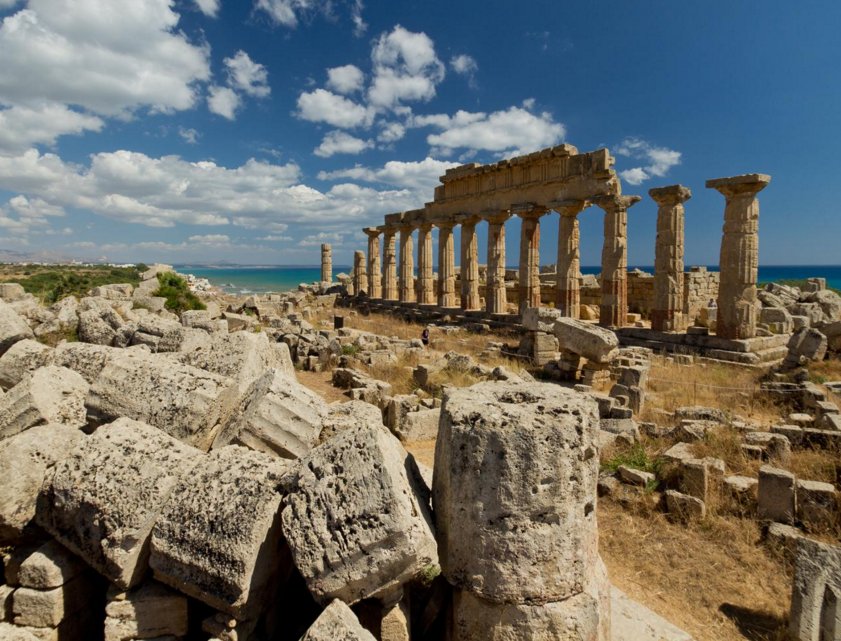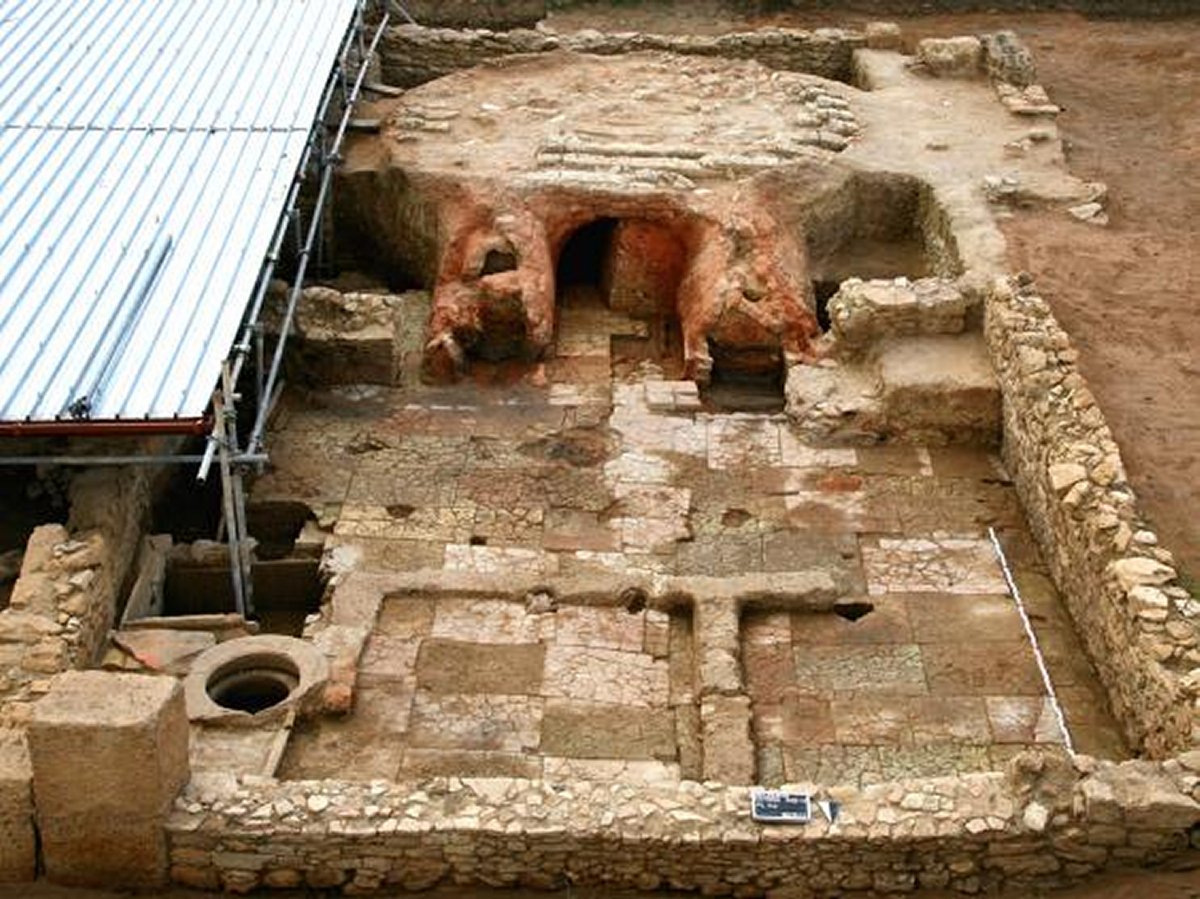MessageToEagle.com – Bonn archeologists led by Professor Martin Bentz of the University of Bonn are busy with excavations of a huge ancient city of Selinunte, a Greek colony in the Mediterranean.
The ancient colony gained its reputation for being Greece’s version of the Roman city Pompeii for the macabre fate that had befallen majority of its citizens near reflective of the tragedy that had befallen Pompeii.

While Pompeii met its grisly end at the hands of a fiery explosion from Mt. Vesuvius, Selinunte gained its bloody history after being invaded by North Africans during 5th century BC, with most of its inhabitants being either enslaved or killed’ reports Tech Times.
In just one day, the bustling city was turned into a ghost town by its invaders.
In fact, archaeologists are finding traces of daily life abruptly interrupted as citizens attempted to flee from their attackers, another thing Selinunte had in common with Pompeii. These pieces of evidence were found preserved in graphic detail under layers of earth and sand.
“Selinunte is the only classical Greek city where the entire metropolis is still preserved, mainly buried under sand and earth,” Professor Martin Bentz of the University of Bonn and director of the ongoing major excavation at Selinunte, said.

Bentz and his team are currently unearthing pottery kilns with intact equipment and even paints used on pots. So far, at least eighty kilns in varying sizes and the wares they produced including fine tableware, food containers and small statues of the gods have been identified.
Because of the state of its preservation, archaeologists were able to identify at least 2,500 houses. Before Selinunte, no one really knew how many homes did a typical ancient Greek city contained.
The work to uncover and reconstruct the past is challenging for the team of students and faculty from the University of Bonn, according to Bentz. However, the team saw it as an incredible learning opportunity as well, especially for the students.
“This work is a challenge for all involved,” the professor said. “We hope to improve our understanding of [Greek colony life] in the future.”
Currently, more research is being done to investigate the city’s industries, their trading partners and where manmade harbors could have been established, and other relevant information regarding ancient Greek life.
MessageToEagle.com
source:






